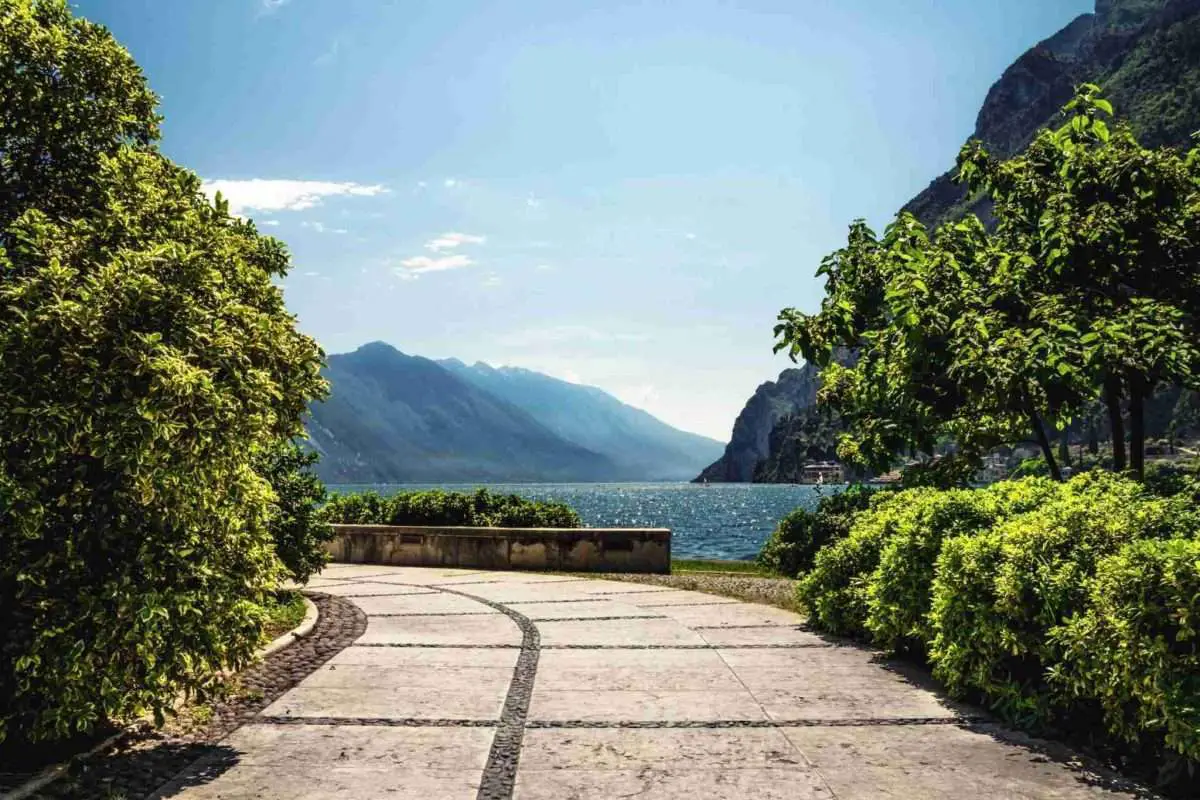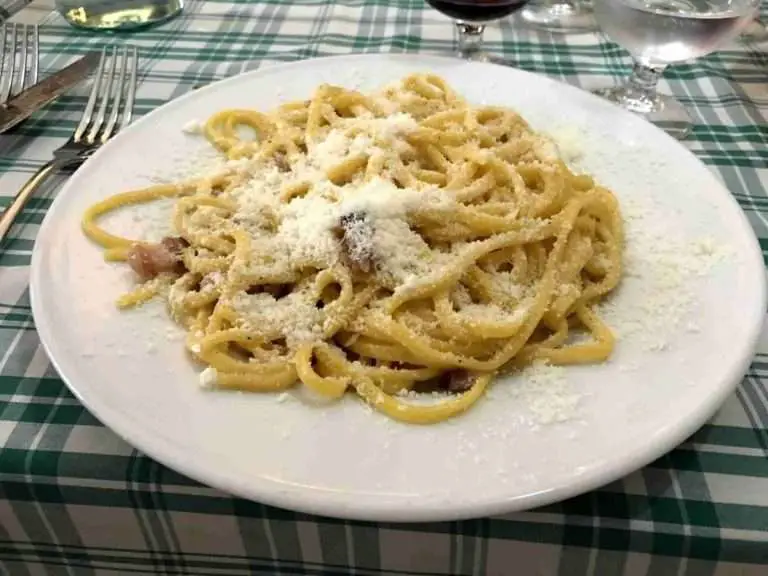
About a year ago, I began drafting this post about sustainable travel in Italy. I was frustrated by overtourism and felt burdened both by the unrelenting merry-go-round of travel and the increasing regulations and ticketing systems put in place to control it.
Of course, before I could construct a decent outline, the world changed. The coronavirus pandemic ravaged Italy and rippled outward, touching nearly every country on the planet.
Tourism in Italy: What COVID Wrought
Travel screeched to a halt. In Venice and Florence, where citizens had recently protested about the influx of tourists, the piazzas and museums were empty.
Foreigners weren’t able to come in, locals were ordered to stay home, and the hospitality industry as we once knew it was gone. Summer 2020 without foreign tourists cost Italy 11.2 billion euros.
Not being able to take a vacation in the middle of a worldwide health crisis was (is) unfortunate. But it’s hardly a priority when people are dying — especially when travel had a hand in spreading the virus in the first place.
Still, COVID-19 and the loss of tourism in Italy devastated the livelihoods of many of my friends and colleagues, through the loss of tour bookings and paying guests.
Italy is not alone in its economic difficulties in the wake of the pandemic. But it has been heartbreaking to read about the closure of so many businesses that once thrived when there was a steady stream of tourists.
Italy Travel on the Horizon
As we get deeper into 2021, a return to international travel looks more likely. Vaccination rates are going up and infection rates in Italy are finally starting to ebb after a third lockdown.
While there are still many questions about who will be able to travel to Italy and when, it is no stretch to imagine that tourists will begin to flood into Italy as soon as they are given the green light.
It will take a while for tourism in Italy to return. Maybe not to pre-pandemic levels anytime soon and maybe not without some hassles — but it will return.
In the interim, we travelers have an excellent opportunity to reflect on how we can travel better and more sustainably in the future.
What Is Sustainable Travel?
Sustainable travel, which counterbalances tourism with social and environmental concerns, is associated with slow travel:
Slow travel is about making conscious choices. It is about deceleration rather than speed. The journey becomes a moment to relax, rather than a stressful interlude imposed between home and destination. Slow travel re-engineers time, transforming it into a commodity of abundance rather than scarcity. And slow travel also reshapes our relationship with places, encouraging and allowing us to engage more intimately with the communities through which we travel.
Hidden Europe : A Manifesto for Slow Travel
In the years since the Slow Travel manifesto was first published (in 2009), there have been tons of articles and books, and tips about how to be a sustainable traveler. The advice ranges from calculating your carbon footprint before you go to carrying your own refillable water bottle.
Ways to Make Travel More Sustainable in Italy
All of these suggestions are useful and can be applied to Italy and beyond. But before I read any of these articles, I started thinking about some sustainability actions that are specific to Italy.
Book Accommodations Directly from Hotels and B&Bs
Big hotel booking sites are great for narrowing down your choices and seeing what’s available. But they also take a cut of each reservation made through their sites, making it hard for smaller hotels and family-run B&Bs to earn a livelihood.
So, one thing you can do to ensure that your vacation is sustainable to the small hotels that depend on tourism is to call or email them directly. You may also find that you can get a better deal working directly with the small business.
Another tip: if a hotel says “sold out” on a big booking site, then it may only be sold out on there. This is another great reason to contact hotels directly because you may find that your preferred hotel actually does have room for you.
Don’t Take a Cruise
Venice had been grappling with the competing issues of overtourism vs. the local economy long before the pandemic hit.
The Grande Navi have been Tetris-ing into the Venetian lagoon for years now, prompting mass protests from local residents. Not only do these huge cruise ships dump off thousands of day-trippers into the alleys of Venice, but they also dredge up the fragile ecosystem and ruin the view.
In March 2021, Venice finally banned big cruise ships from docking near the city center. But cruise-goers will still be able to dock at Venice’s Porto Marghera. That means that eventually there will again be throngs of visitors crashing into Venice for the day and leaving the city worse for the wear by evening.
Cruise travel goes beyond Venice, of course. Who can forget the coronavirus cruise drama of 2020 when passengers were stranded at sea? Or the Costa Concordia disaster off the coast of Tuscany’s Isola del Giglio? Not to mention, cruise ships are terrible polluters. Most of the cruise lines that sail Italy get failing grades for air and water pollution.
Some people love to take cruises. I get it. But there are other ways to enjoy the waterways around Italy. Take a sailboat around La Maddalena Archipelago in Sardinia (like I did) or take a boat tour of Lake Garda.
Consider Roads Less Traveled
The problem with everyone taking the road less traveled is that eventually that road becomes the traveled one. 🙂
But getting off the beaten path is a great way to see more of Italy, a reward for both the traveler and the independent businesses that work in these less-visited corners.
Plan a trip around Italy’s hiking trails. Stay a night or two in a small town instead of taking a day trip there. Volunteer with the grape or olive harvest at an organic Italian farm. Think outside the typical Rome-Florence-Venice circuit.
There are myriad ways to rethink an Italy vacation, particularly for those of you who have visited before.
Be a Gentle Traveler
There is a lot of bad tourist behavior in Italy. Some locals behave badly, too. But just because hundreds of others have carved their names on Colosseum walls doesn’t mean it’s an ok thing to do.
The people who need to read this advice probably won’t see it. But it’s worth getting it out there.
There are, of course, other choices, both big and small, that you can make to be a sustainable traveler while you are in Italy.
- Bring your own collapsible water bottle.
- Reuse towels during your hotel stay instead of getting new ones every day.
- Eat local, seasonal foods. Look for “km zero” restaurants or go on a sustainable food tour with kmzerotours.
- Stay in an eco-friendly hotel. Search ecobnb for ideas.
- Walk or bike around your destination.
- If you have to rent a car, consider an electric one. Europcar has a growing fleet of electric vehicles.
Conclusion
Some writers have suggested that post-pandemic travel can be not only sustainable but regenerative. That is, following this COVID-imposed reset, we travelers have a chance to positively impact and even improve the destinations we choose to visit.
If we take these predictions to heart and approach travel from a position of sustainability instead of Instagrammability, I foresee a brighter future for Italy and those of us who love her.
Featured photo by Karsten Würth
Last updated on August 1st, 2023Post first published on April 23, 2021






